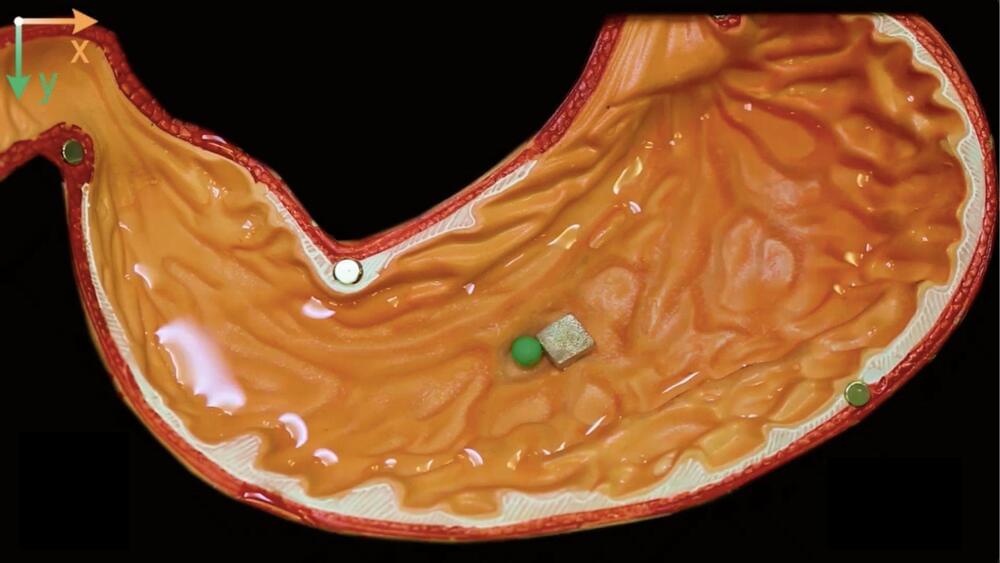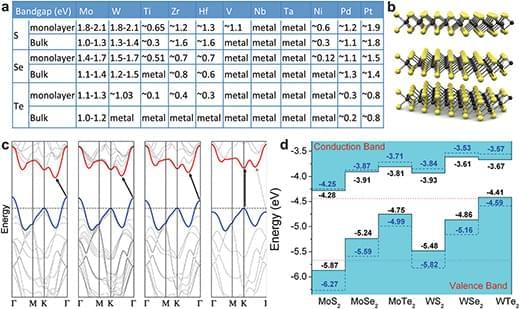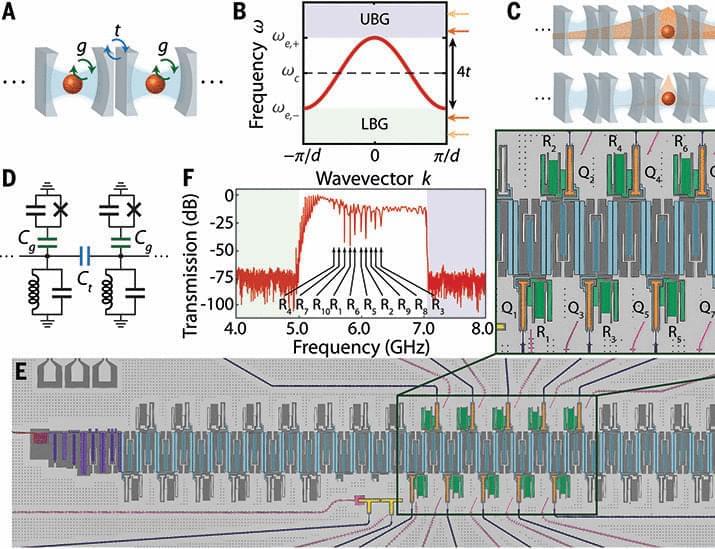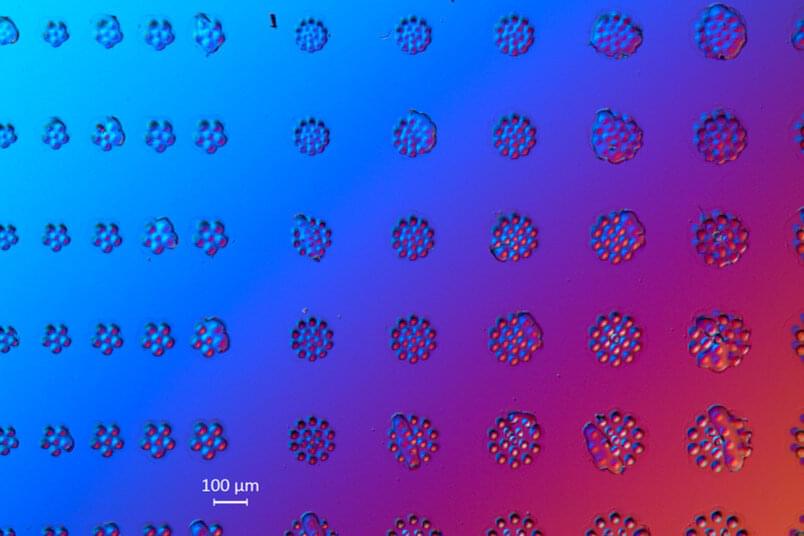The space tech startup, AstroForge, hopes to complete two proof-of-concept missions this year using SpaceX rockets.
In what might be a groundbreaking moment in space industry history, a new startup plans to launch not one but two space missions this year. This might not sound like a big deal, but the company wants to go into space to find and use minerals from asteroids and other deep-space objects.
With the potentially infinite worth of valuable materials in deep space, asteroid mining startup AstroForge hopes its endeavors will pay off. If successful, this could result in a very healthy return.
Posteriori/iStock.
Asteroids are believed to contain various precious minerals, including metals such as iron, nickel, and cobalt, and rarer elements such as platinum and gold. They might also have water and other volatile substances that could be useful for future space exploration and settlement.







